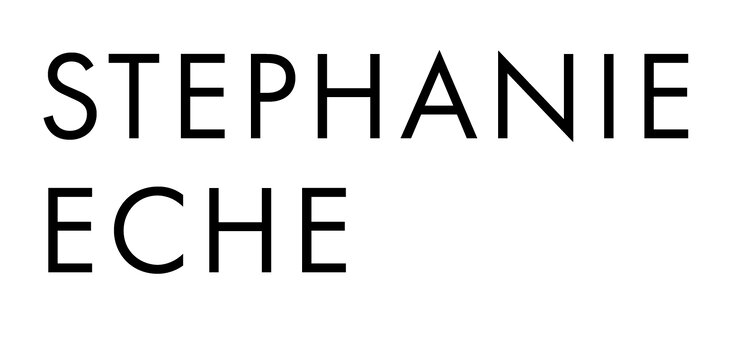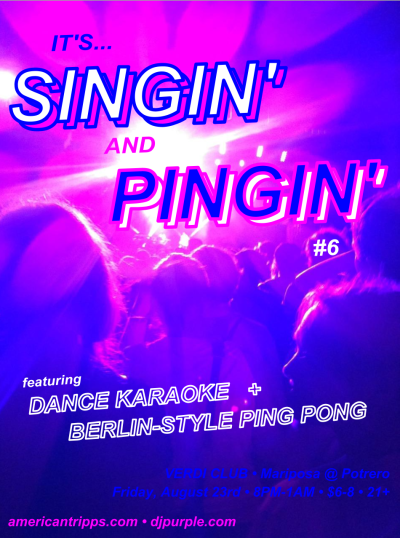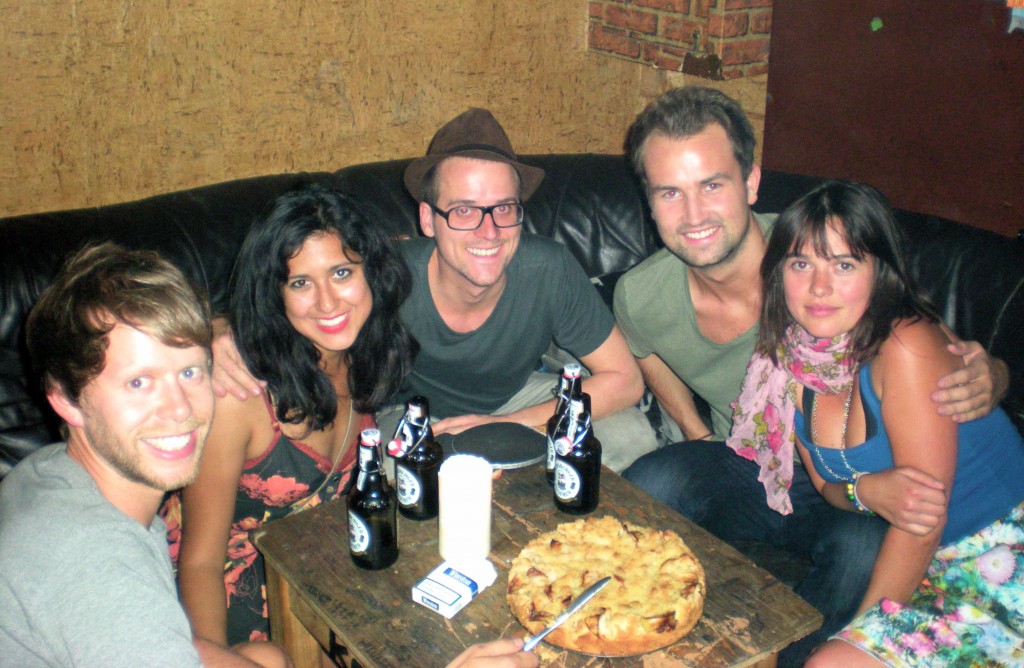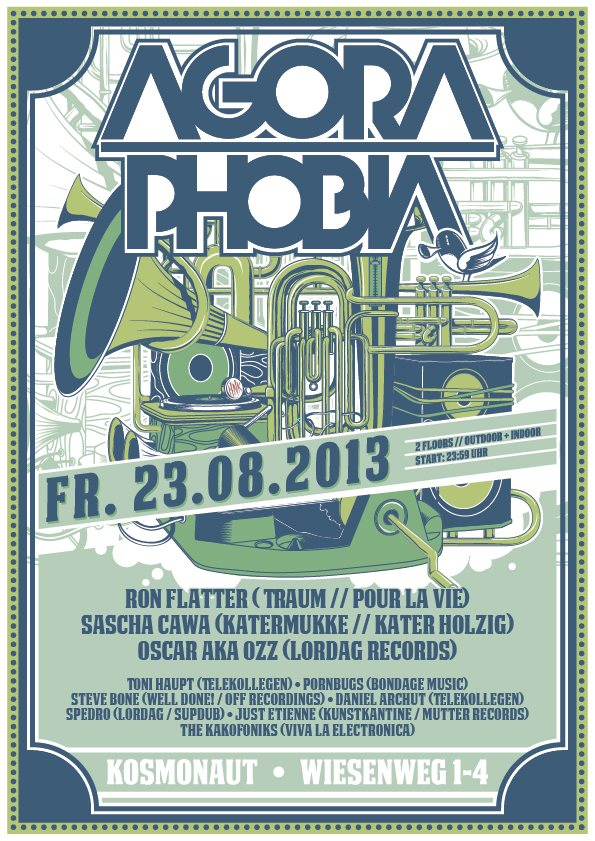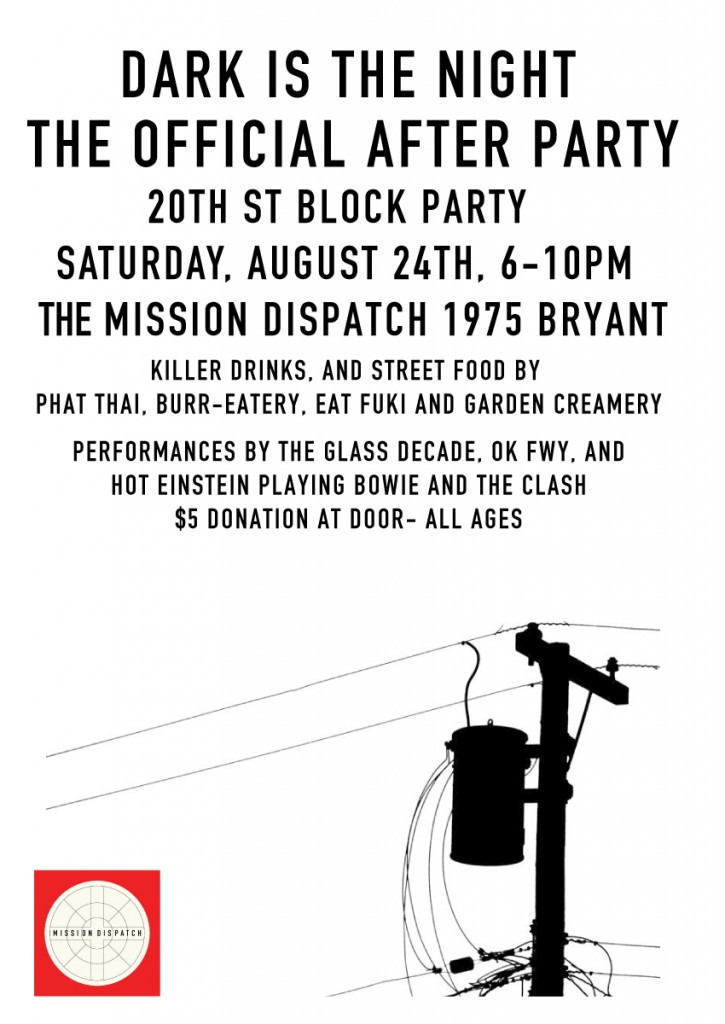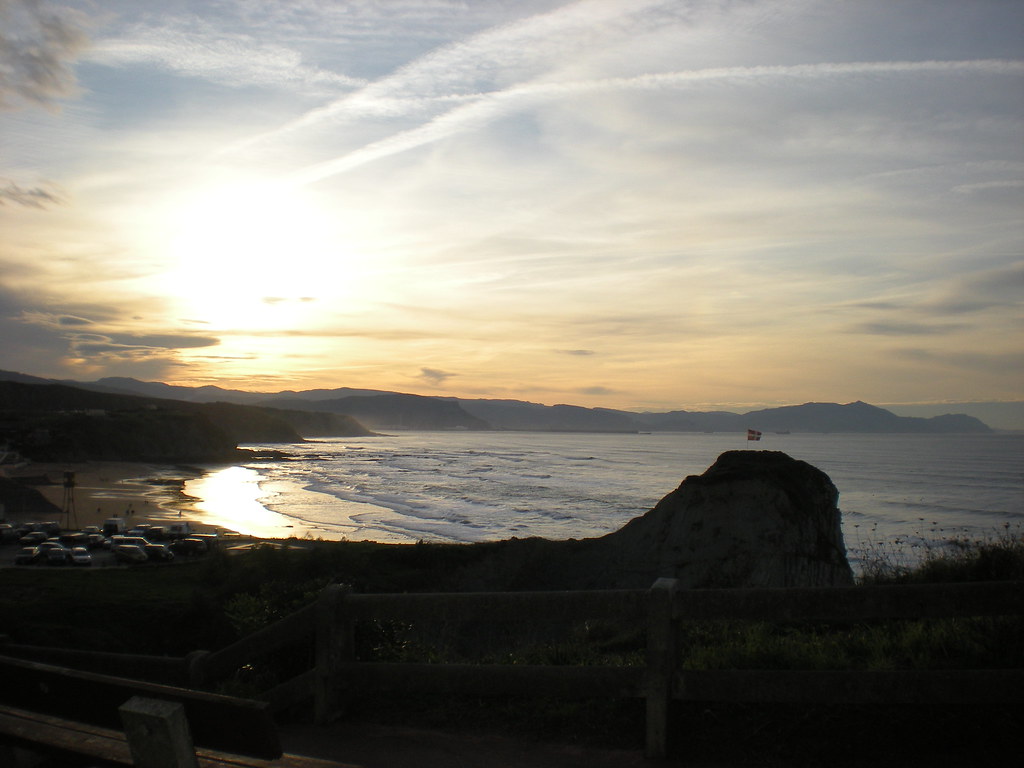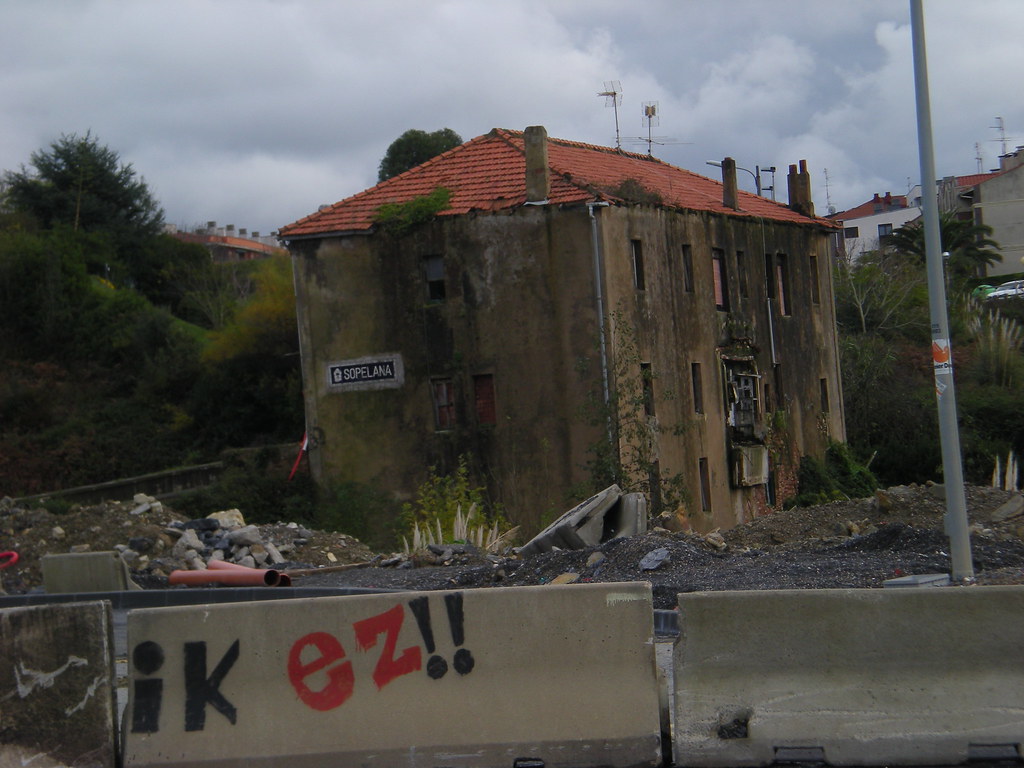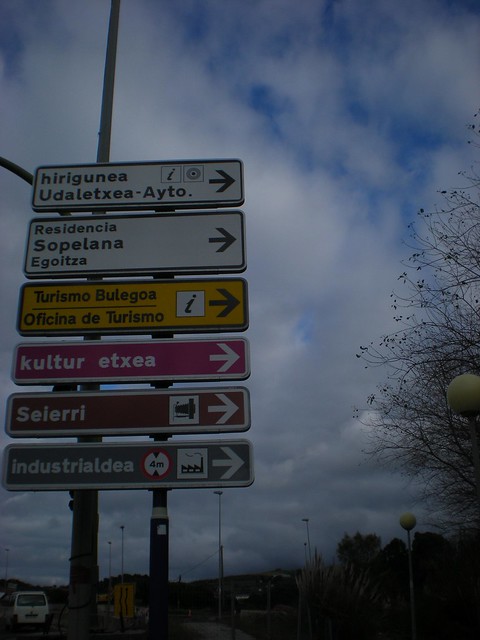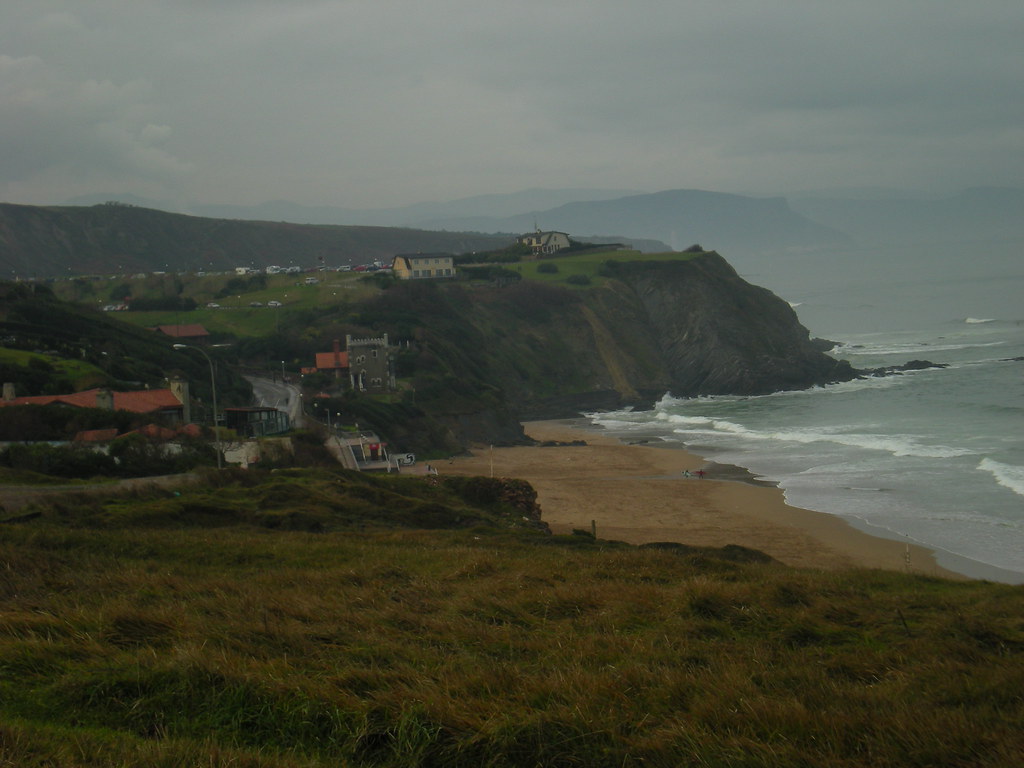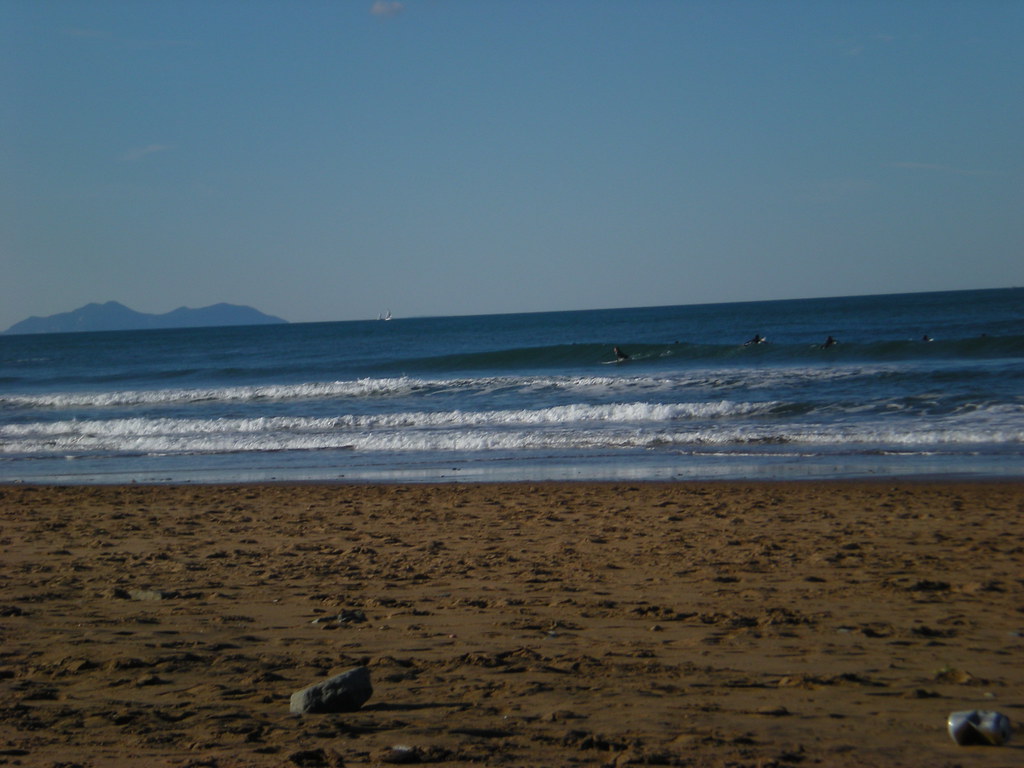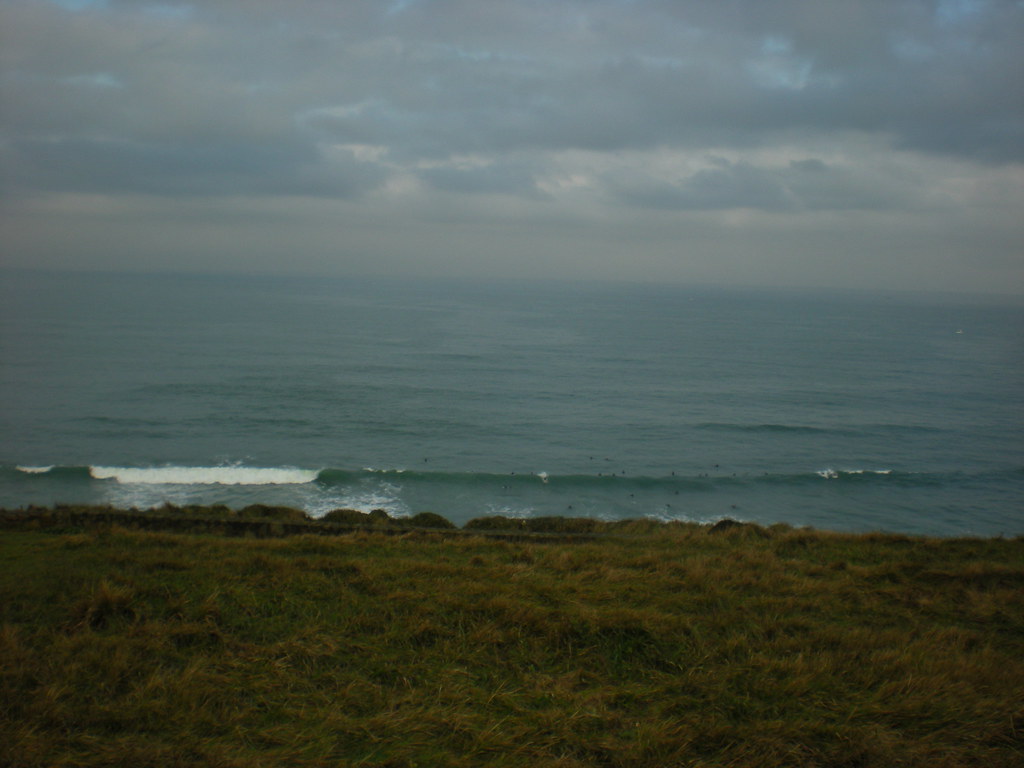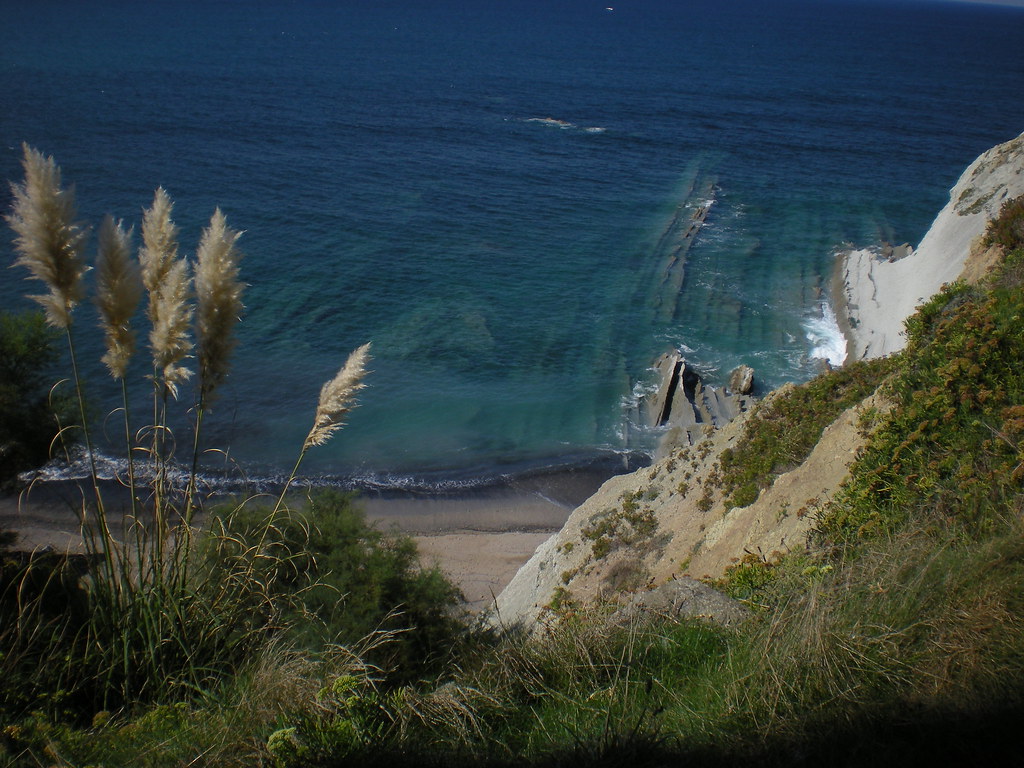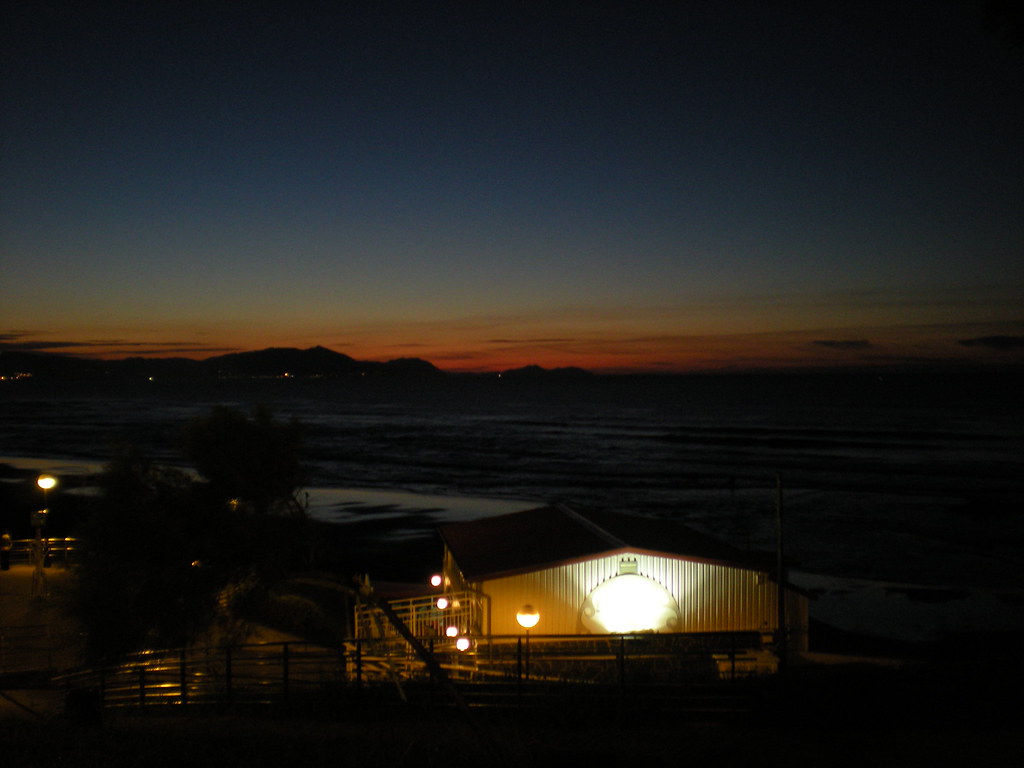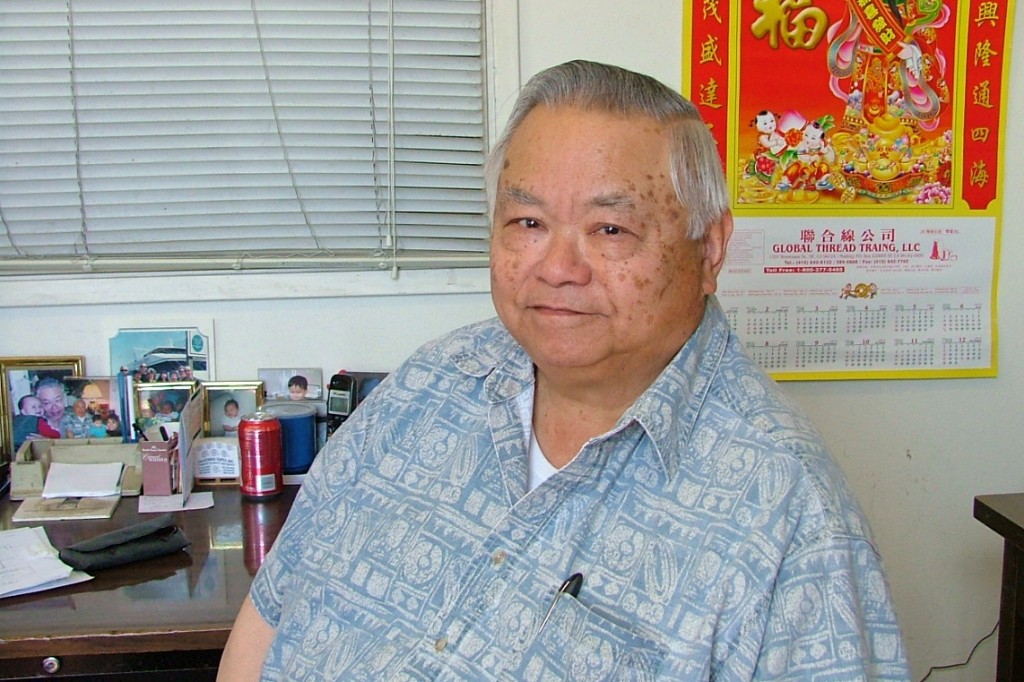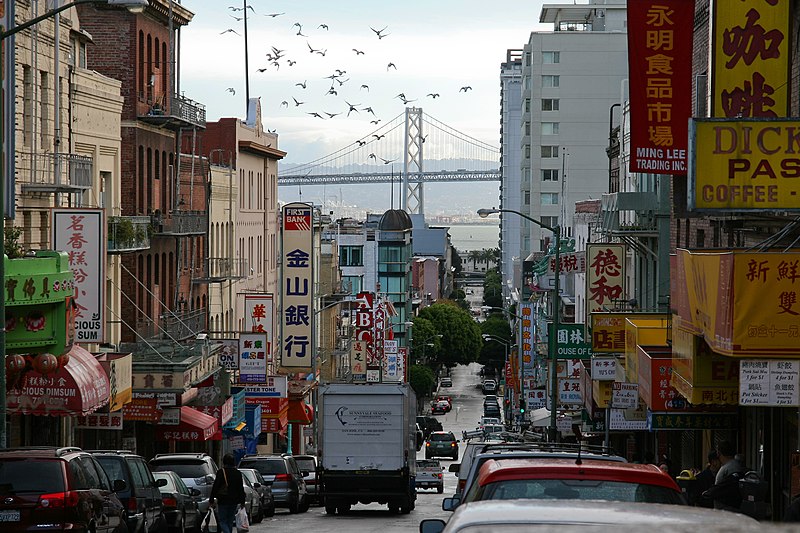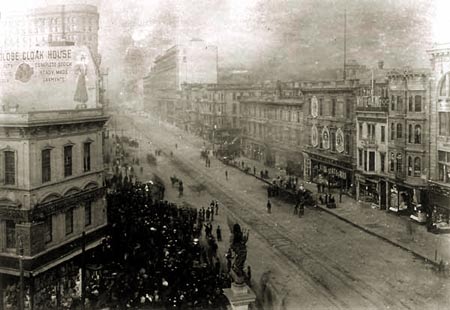 The San Francisco wallet is not just any wallet. Besides being 100% Cowhide leather, handcrafted locally in the Bay Area and with an wrist strap you can clip around anything, it is also custom die cut.
The San Francisco wallet is not just any wallet. Besides being 100% Cowhide leather, handcrafted locally in the Bay Area and with an wrist strap you can clip around anything, it is also custom die cut.
When working with leather, it is best to cut using a cutting die. It basically cuts the leather out in one sharp slice, much like a cookie cutter cuts out cookie dough. Many leather manufacturers have dies in house, but we designed a specific die to create a wallet that is shaped like...the lines of the San Francisco Muni!
Yes, the Muni can be extremely annoying. And we've all heard stories of humor, hate and utter ridiculousness (if you haven't, read the Muni Diaries or my own bus drama here). But we still love it. It gets me from point A to point B, and sometimes then to point C and D. Living in San Francisco, I have a healthy transportation diet of Muni, Bart, foot, bike, cab, Lyft, Sidecar, Über...but Muni is often the connector. Or the one I debate the most--to wait for Muni or not to wait for Muni and walk in the same amount of time (yet, maybe up a steep hill after which you will be sweaty and still cold). That's living in SF.
My favorite line is the J. It is the prettiest ride (if you start up in Noe and go inbound). Whether I am taking it to meet friends in Dolores or going all the way to the Embarcadero, it is always a fun ride for me. It reminds me of a rollercoaster for some reason. Hence, the front flap of the San Francisco Wallet is the J line. See pattern development below:
The right edge of the wallet is effectively the T, which gets you to Giants' games and the Dog Patch. Then there's the K and the M, which, honestly, I have never taken, but take you to SF State and City College Main campus. The bottom pocket is the L line, which takes you to the zoo! And the top pocket is the N, which is my second favorite because it takes you through the Sunset to Ocean beach, my favorite lazy day ride. I usually walk back. See? Healthy transportation diet.
So there you have it, the San Francisco Wallet isn't only inspired by the public transportation and lifestyle of San Francisco, but it is literally modeled after it (to scale!).
The San Francisco Wallet is only available online here: http://etxe.tictail.com/
